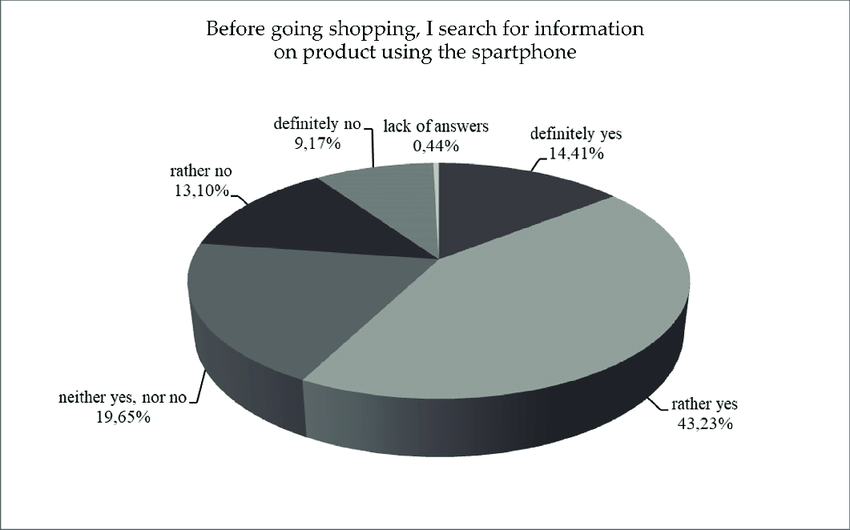In order to have full access of this Article, please email us on thedocumentco@hotmail.co.uk
Research Methodology
3.1 Research Philosophy
respondents towards purchasing products , The purpose of the study is to explore the attitudes of respondents towards purchasing products (Clothing) on the internet. When undertaking the research, it is important to consider different research paradigms and to understand the process by which the research is being carried out. At this juncture, it is important to understand and discuss the design through which the conclusions are to be drawn. All other relevant approaches are to be adopted which are congruent to the nature and aims of the particular inquiry. There are three types of research philosophies related to the research: (Kadhi, 2009: 63).
I. Positivism,
II. realism and
III. Interpretivism
Positivism:
Positivism helps researchers to understand subjects and their actions with respect to environment and analyze the results which are further explained by the facts provided by researchers (Kadhi, 2009: 64).
Realism
A significant feature of realism is that it is a mixture of the philosophies, Interpretivism and positivism (Ingram, 2014).
Interpretivism
It is based concept that the world is depended upon facts and theories (Ingram, 2014) which does not exist independently. Furthermore primary data would be collected and analyzed thoroughly to arrive at logical conclusion.

3.1 Research Strategy
In this study, the methodology involves both primary and secondary research. Primary research refers to the use of immediate data which does not already exist in the specific field (Kothari, 2010). In this dissertation, the primary data is collected from students of Coventry University though online survey (questionnaire). As time goes on, customers’ online shopping habits and behaviour are likely to change with the development of information and technology. Against such scenarios, to depend only on secondary data from already published literature as the evidence is not advisable to evaluate and investigate the research questions accordingly.
Methodology chosen:
To generalise the results of the finding to the large group of subject, researchers use Quantitative method. In quantitative methods, researcher use numbers to accept or reject a hypothesis. Sample is selected randomly from large population (York, 1998). Quantitative research is a deductive approach. Through the survey study, the results will be obtained in the form of numbers which will be then analysed further
Descripto-explanatory approach is being used along with survey research which is the correct mean to test the existent framework. The method chosen is best because
1. In the research it is required to study the consumer behavior in natural setting. (Ghauri and Gronhaug, 2010:109).
2. In the survey It is easy for researcher to ask the questions o understand behavior (Benbasat et al. 1987, p.370)
3. Because of the desires to study and investigate complex social phenomenon, it is advisable to use survey method because this method allows us to keep the holistic and meaningful characteristics of real-life events,” such as Consumer behavior and new shopping trends
5. It benefits from the prior development of theoretical propositions to guide data collection and analysis
3.2 Development of Survey Questionnaire
Based on literature reviews, a research instrument is developed. Most of the questions in questionnaires are based on previous research however some questions are modified as per requirement of the research while others are being used in their original form and some of the questions are created specifically for this survey to address specific factors not used in previous studies
The survey examines the consumer’s demographic information related to online shopping behaviors. The variables includes age, gender, levels of education, occupations and monthly income of the respondent. The first five questions measure the respondent’s previous personal experience with shopping for products online. Questions 6-29 are related to consumers’ attitudes and behaviors for products like clothing and groceries. (Questions 6 to 19), the Likert scale of the measurement which uses five points liker (a= strongly disagree, b= disagree, c= neutral, d= agree, and e= strongly agree). Several items on each subscale may be asked from a negative perspective in order to encourage the respondent to carefully read each question. In questions 30-44 seeks to discover the importance of the factors which motivate certain consumers while making buying decisions
Data Analysis:
Data will be imported to SPSS calculations and examination. Data will be collected from 100 respondents. The data analysis involves measuring the factors that…

Recent Comments